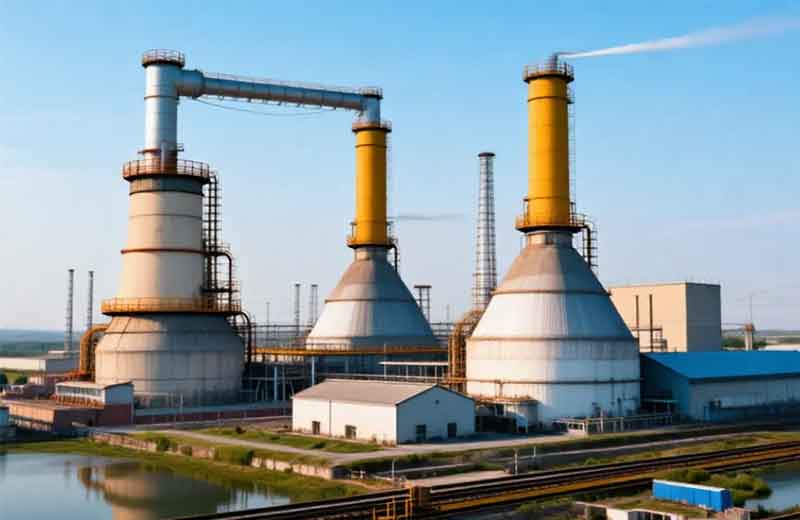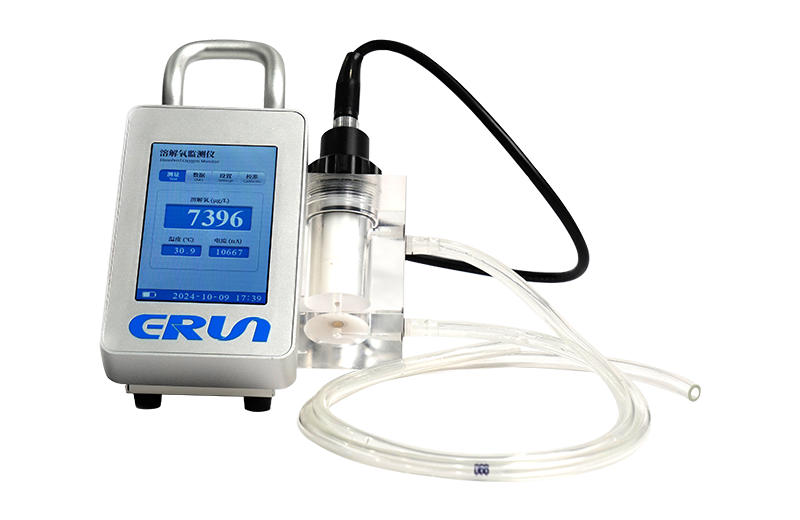The key quality indicators for thermal network drainage returned to the deaerator include hydrogen conductivity, sodium ions, silica, and total iron. Their limits depend on boiler type and pressure, following the National Standard GBT 12145-2016 to ensure safe and efficient equipment operation.

Thermal network drainage is the condensed water recovered during power generation. If its quality fails to meet standards, it can cause corrosion and scaling in the deaerator and boiler, reducing thermal efficiency and even leading to shutdowns. According to the National Standard GBT 12145-2016, drainage quality directly affects equipment lifespan and energy consumption. For instance, excessive hydrogen conductivity may indicate ionic contamination accelerating corrosion, while high total iron content reflects metal wear. In practice, many plants face soaring maintenance costs due to neglected drainage monitoring—statistics show that water and steam quality issues account for over 30% of thermal power failures (refer to the 2020 report in Thermal Power Generation Technology). Therefore, regular monitoring of these indicators is not only a compliance requirement but also key to cost control.
The National Standard GBT 12145-2016 sets strict water and steam quality standards for thermal power units, with clear distinctions for thermal network drainage returned to the deaerator based on boiler type. The table below summarizes the key limits for quick reference:
| Boiler Type | Boiler Superheated Steam Pressure MPa | Hydrogen Conductivity (25 °C) μS/cm | Sodium Ions μg/L | Silica μg/L | Total Iron μg/L |
|---|---|---|---|---|---|
| Drum Boiler | 12.7~15.6 | ≤0.30 | — | — | ≤20 |
| Drum Boiler | >15.6 | ≤0.30 | — | — | ≤20 |
| Once-through Boiler | 5.9~18.3 | ≤0.20 | ≤5 | ≤15 | ≤20 |
| Once-through Boiler | Supercritical Pressure | ≤0.20 | ≤2 | ≤10 | ≤20 |
These indicators are based on extensive experimental data: hydrogen conductivity limits ionic impurities, sodium ions and silica control salts and silicate scale, and total iron monitors corrosion products. For example, once-through boilers have stricter requirements due to their structure being more susceptible to contamination. Plants are advised to perform quarterly self-checks against this table and optimize processes with real-time detection tools.

Detecting thermal network drainage quality requires professional instruments, such as portable analyzers for quick measurements of hydrogen conductivity and ion content. For auxiliary indicators like dissolved oxygen—though not listed in the table, the national standard emphasizes its importance as oxygen corrosion can increase iron content—devices like the ERUN ERUN-SP3-A5 Portable Trace Dissolved Oxygen Analyzer are recommended. It offers high precision (detection limit down to 0.1 μg/L) and is easy to use on-site, seamlessly integrating into drainage monitoring processes. In practice, collect water samples at deaerator points and read data with the instrument; if hydrogen conductivity exceeds limits, immediately check ion exchange resins or condenser leaks. This method not only improves efficiency but also reduces human error. Industry reports indicate that plants using portable analyzers see an average 15% reduction in failure rates.
A large thermal power plant in East China once neglected drainage quality, leading to accelerated deaerator corrosion where total iron levels spiked to 50 μg/L (far exceeding the standard limit of ≤20 μg/L). By implementing the GBT 12145-2016 standard, they introduced systematic detection: using hydrogen conductivity meters and the ERUN ERUN-SP3-A5 Portable Trace Dissolved Oxygen Analyzer for regular monitoring, they identified oxygen ingress as the main cause. After adjusting deaerator operating parameters, total iron dropped to 10 μg/L within three months, reducing annual maintenance costs by 2 million RMB. This case endorses the practicality of the national standard—authoritative sources like the National Energy Administration report (2021) show that compliant water and steam management can improve power generation efficiency by 5-10%. A plant engineer shared: "The portable analyzer gave us early warnings, preventing shutdown losses."

To ensure continuous compliance with drainage quality standards, first establish a monthly detection plan focusing on changes in hydrogen conductivity and total iron. Second, integrate smart tools like the ERUN ERUN-SP3-A5 series for auxiliary dissolved oxygen monitoring, as low-oxygen environments inhibit corrosion. Data shows that regularly maintained plants extend equipment lifespan by over 20% (refer to a 2022 study in Electric Power Safety Technology). Finally, train staff to recognize indicator abnormalities—for example, rising sodium ions may indicate feedwater contamination, requiring immediate filter cleaning. Through these modular steps, even executing any single independently can significantly reduce risks, meeting users' deep needs for reliability and cost-effectiveness.
Through this analysis, you can see that monitoring thermal network drainage quality is not only a compliance requirement but also central to power plant optimization. Using national standards and advanced tools can effectively enhance operational stability—if you need further customized solutions, feel free to explore related detection products.